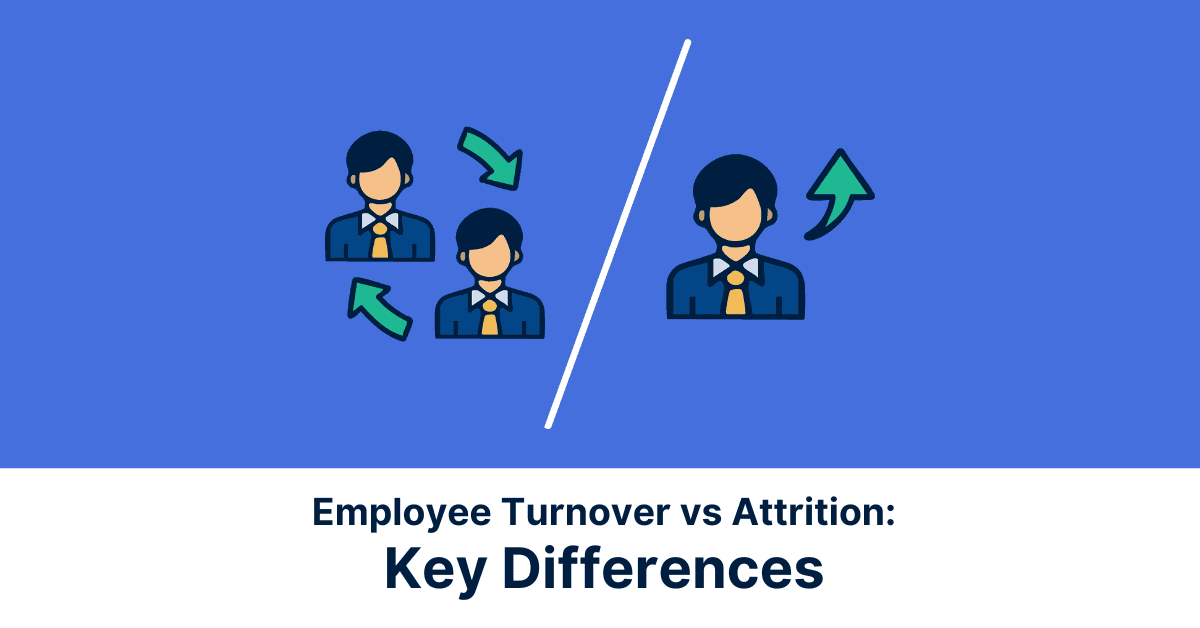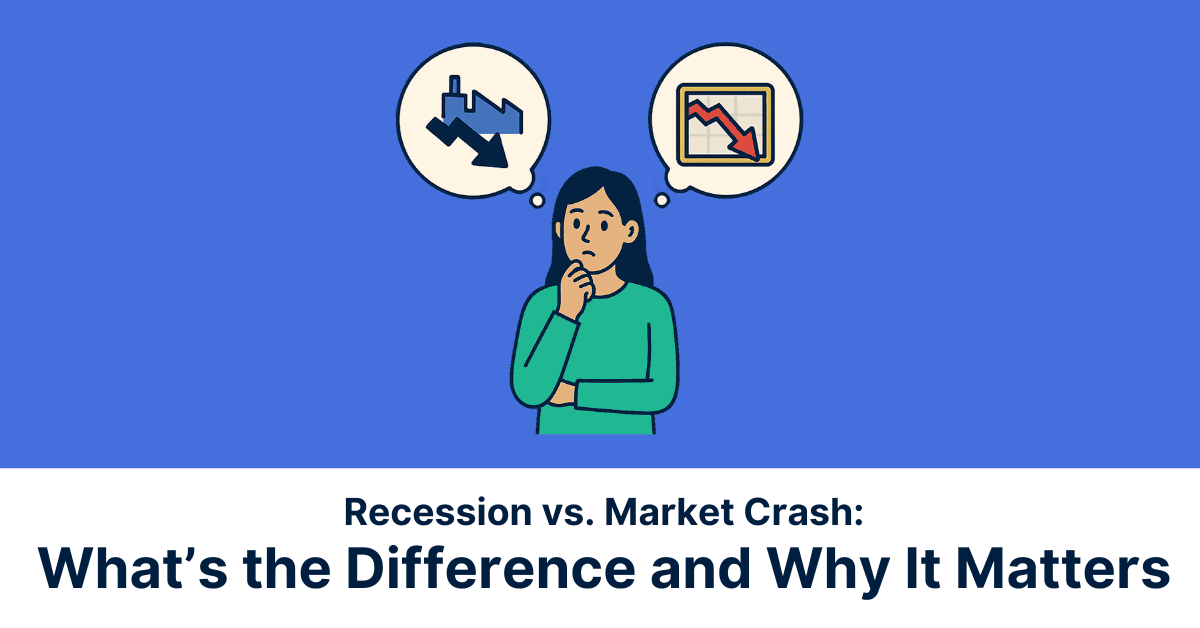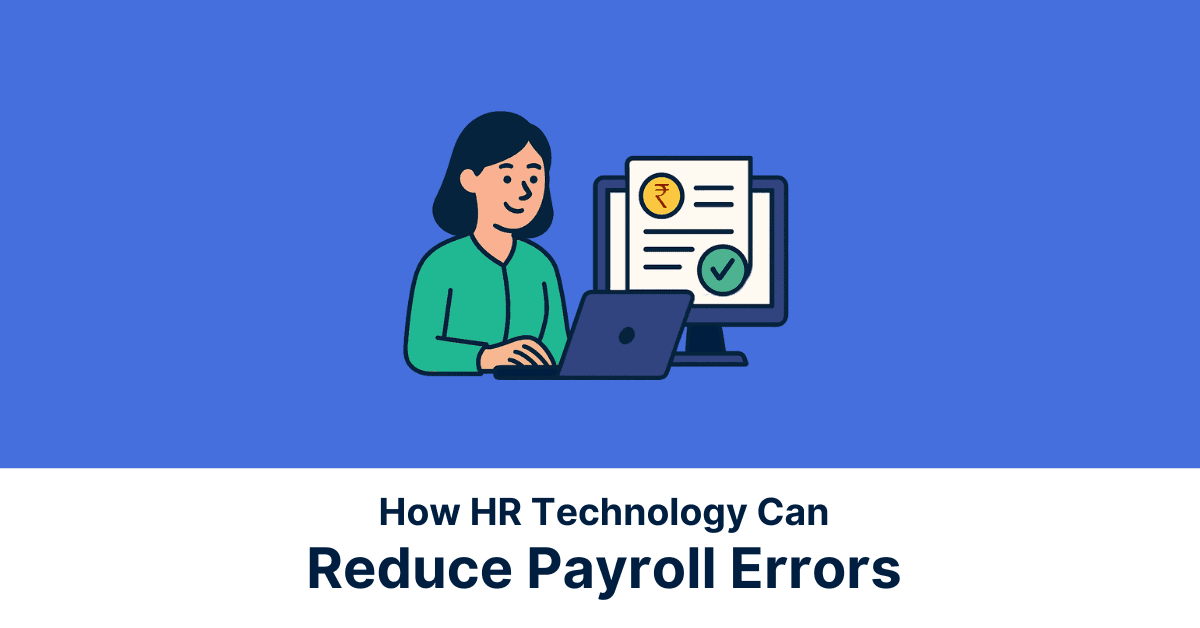The correlation between financial wellbeing and improved mental health has been extensively researched and acknowledged, along with the connection between enhanced financial wellbeing and increased productivity in the workplace. However, just like any investment, organizations must possess the ability to establish a starting point and continuously track progress to ensure a clear return on investment (ROI).
Reasons To Measure Financial Wellbeing
Firstly, it is important to acknowledge that solving financial wellbeing for individuals is not feasible; instead, organizations can provide tools that empower employees to take charge of their own financial wellness. However, without understanding employees’ specific needs and desires, there is a risk of offering inappropriate tools that may not effectively address their concerns.
Secondly, ongoing measurement is crucial to determine whether the tools implemented are making a meaningful difference. Even if the tools themselves are suitable, the success or failure of their implementation can be influenced by the rollout plan. By consistently measuring and evaluating the impact, organizations can make small adjustments that can potentially turn the tide from failure to success. Without measurement, it becomes impossible to gauge the effectiveness of the tools in promoting financial wellbeing.
Thirdly, financial wellbeing is not merely a luxury or a nice-to-have aspect within an organization. It directly affects the overall functioning of the business. When employees are burdened by financial stress, their performance is significantly compromised. By measuring financial wellbeing, organizations can comprehend its impact on employee productivity and identify areas for improvement. Just as revenue is measured as a key indicator of organizational success, why not place equal importance on measuring financial wellbeing?
How to Measure Financial Wellbeing?
There are two primary approaches to measuring financial wellbeing.
The first method involves directly surveying employees using a workplace financial wellbeing survey. This approach holds significant importance as it helps normalize conversations around financial wellbeing. Similar to the progress made in addressing mental health at work in recent years, normalizing the discussion around financial wellbeing is crucial. Conducting financial wellbeing surveys provides valuable, actionable data regarding employees’ financial status, their needs, and the impact it has on their work. It is an invaluable tool for organizations aiming to develop an effective financial wellbeing strategy.
The second method involves using proxy metrics, many of which are already measured, to support or validate the insights obtained from the survey. These metrics can either strengthen or weaken the findings from the survey, aiding in determining the most appropriate course of action. Examples of proxy metrics include employee retention rates, absenteeism, and pension contributions. By analyzing these metrics in conjunction with survey results, organizations can gain a more comprehensive understanding of the impact of financial wellbeing on their workforce and make informed decisions accordingly.
Direct Measurement of Financial Wellbeing: Conducting a Financial Wellbeing Survey
The most straightforward approach to measuring financial wellbeing is by directly soliciting feedback from staff regarding their financial situation. This can be accomplished through regular, concise pulse surveys or more comprehensive requests for staff feedback.
Employers may initially hesitate to inquire about their employees’ financial state, but contrary to concerns, staff members are often more receptive to such inquiries than anticipated. In fact, many employees appreciate the approach, especially when they believe that initiatives to support their financial wellbeing will follow. A noteworthy finding from PwC’s 8th annual Employee Financial Wellness Survey revealed that 78% of employees are more inclined to leave their current employer for another organization that demonstrates a greater commitment to their financial wellbeing.
By utilizing financial wellbeing surveys, organizations can effectively gauge the financial wellness of their staff. These surveys provide valuable insights into employees’ perceptions, challenges, and expectations regarding their financial situation. Whether through brief pulse surveys or more comprehensive questionnaires, directly measuring financial wellbeing allows organizations to gain a deeper understanding of their employees’ financial needs and concerns, paving the way for targeted initiatives and interventions.
Measuring Financial Wellbeing Using Proxy Metrics
Financial wellbeing is intricately linked to personal satisfaction, mental health, and workplace performance. Consequently, changes in financial wellbeing often manifest in the common metrics that organizations routinely measure. This aspect makes proxy metrics valuable, especially when combined with direct measurement approaches.
When utilizing proxy metrics, it is crucial to have data that can be analyzed at both the organizational level and broken down into specific cohorts or groups. Additionally, historical data is essential to identify significant deviations over time. This capability allows for a more comprehensive assessment of financial wellbeing within the organization. Certain metrics prove more advantageous than others when it comes to measuring financial wellbeing in the workplace due to their ability to provide valuable insights.
By leveraging proxy metrics, organizations can indirectly gauge the impact of financial wellbeing on various aspects of their operations. For instance, metrics related to employee satisfaction, engagement, productivity, and retention can potentially reveal shifts in financial wellbeing. These proxy measurements serve as complementary indicators, providing a broader understanding of the overall financial health and its influence on different organizational outcomes.
Measuring Financial Wellbeing: Which Metrics to Consider?
Staff Retention Data
Retention rates are valuable metrics to measure financial wellbeing as they often reflect employees’ satisfaction with their employment. By examining historical data, organizations can assess the impact of financial wellbeing initiatives on staff retention.
Absenteeism
Absenteeism is a significant indicator of financial stress since stress, including financial stress, is correlated with increased absenteeism. Higher-than-average absenteeism rates or deviations from the baseline can signal acute or chronic financial stress among employees. Additionally, analyzing absenteeism patterns within specific sub-groups can provide insights into financial vulnerabilities within those groups.
Presenteeism
While presenteeism can be useful in measuring financial wellbeing, it is challenging to measure accurately. Presenteeism refers to employees being present at work but not fully engaged or productive due to underlying issues like financial stress. However, measuring presenteeism requires a robust framework or advanced data analysis capabilities. Alternatively, organizations may consider focusing on other easier-to-measure indicators.
Engagement with Financial Wellbeing Benefits
Tracking employees’ engagement with specific financial wellbeing benefits, such as debt consolidation programs or real-time financial coaching, provides insights into their financial needs. Higher adoption rates and increased engagement indicate a greater demand for these resources. Monitoring changes in adoption and engagement levels over time can further highlight improvements or deteriorations in financial wellbeing.
Other Measures
Various additional measures can shed light on employees’ financial wellbeing. For instance, an increase in employees requesting cash instead of certain employee benefits may suggest difficulty in managing regular monthly salaries. Other signs to watch out for include more staff selling holiday entitlement for cash, suspending participation in salary sacrifice schemes, and a rise in requests for advances or weekly pay cycles, especially if the organization operates on a monthly locked pay cycle.
In conclusion, measuring financial wellbeing is of paramount importance for organizations aiming to create a supportive and thriving work environment. By actively collecting and analyzing data related to financial wellbeing, organizations can gain valuable insights into the financial health of their employees. This data-driven approach offers several key benefits.
*Disclaimer:
The information contained herein is not intended to be a source of advice concerning the material presented, and the information contained in this article does not constitute investment advice. The ideas presented in the article should not be used without first assessing your financial situation or without consulting a financial professional.




















